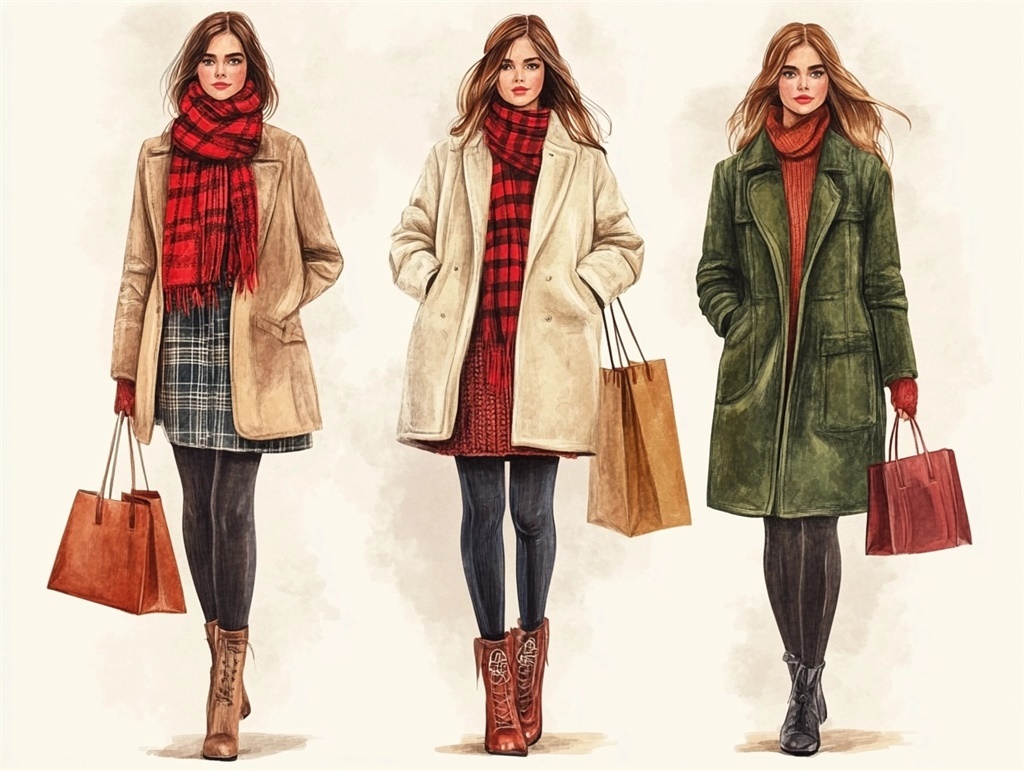引言:
传统的POD模式虽然属于消费者提供创意的“来图定制”,但是消费者的非专业性,往往会让这一过程变得无法“尽如人意”,而受限于传统POD模式的沟通成本、信任成本,我们很多国内的POD服装卖家在这方面,往往不如“本土化”的POD竞争者有优势,这便使不少POD服装卖家将国内的POD模式当成传统电商模式的“灵活性”工具,以此来打造属于自己的“小单快反”轻库存策略,这样一来,对于POD服装设计这一块,就需要小伙伴们掌握一定的技巧了,而据米圣科技了解,桎梏POD服装卖家在服装设计方面的阻力,主要集中在素材的收集上面,接下来本文将为您揭示十大 POD 服装设计最得力的素材收集神器,助您轻松驾驭设计风潮,打造独一无二的时尚爆款。

一、灵感激发站:趋势洞察与概念孕育
在 POD 服装设计之旅启程之初,POD服装卖家亟需一个能够洞察行业趋势、孕育新颖概念的灵感源泉。以下五款工具正是为此量身定制,它们犹如创意引擎,源源不断地为您的设计注入鲜活生命力:
1. Pinterest - 潮流视觉板:全球最大的视觉分享平台,汇聚海量时尚穿搭、图案设计及色彩搭配,助您快速捕捉流行元素。
2. WGSN - 未来风尚指南:权威时尚预测机构,提供深度趋势报告、色彩预测及设计灵感,让您提前布局未来市场。
3. Behance - 设计师社区:Adobe旗下专业作品展示平台,欣赏并学习同行佳作,激发独特设计理念。
4. Dribbble - 创意速递站:聚焦UI/UX及图形设计领域,汇集全球顶尖设计师的即兴创作与概念探索,拓宽设计视野。
5. Google Trends - 数据驱动洞察:利用大数据分析全球搜索热度,实时追踪消费者关注热点,为设计选题提供数据支持。
二、素材宝库:高质量图像与图形资源
有了灵感火花,设计师们还需一座素材宝库,以便获取高品质图像、矢量图形等核心设计元素。以下五款工具犹如设计百宝箱,满足您多元化的素材需求:
1. Shutterstock - 海量版权图库:提供数亿张高清图片、插画、矢量图等素材,确保商业使用的合法性。
2. Adobe Stock - 高端创意资源:集成于Adobe Creative Cloud中,无缝对接设计软件,提供优质、独家的创意素材。
3. Unsplash - 免费高清图库:汇集众多摄影师慷慨分享的免费高分辨率照片,适用于各类设计项目。
4. Freepik - 矢量图形乐园:海量免费及付费矢量图形、图标、 PSD 文件等,轻松满足图形设计需求。
5. The Noun Project - 图标大全:集中世界各地设计师创作的简洁图标,覆盖各行各业,为设计增添精准表达。
三、高效协作与管理:云存储与项目同步
在 POD 服装设计过程中,高效的团队协作与素材管理至关重要。推荐使用如 Google Drive 或 Dropbox 等云存储服务,实现素材文件的云端备份、共享与版本控制,确保设计工作流程的顺畅进行。
除了以上十款素材收集工具之外,怎么处理收集到的素材,也是一个难点,往往需要用到专业的服装设计软件才能制作出符合预期的成品,米圣科技建议大家可以用一些专业的AI绘图工具,或者专用于电商行来的AI图片处理工具,或许会帮您解决这最后一个服装设计的难点,当然,米圣科技的POD服装在线编辑器,也支持上传素材,自行创作您的产品,同时,也支持“来图定制”的模式,只要您有设计灵感,我们就可以将这些灵感变成真实的产品,并竭尽全力,提供一站式服务,帮助小伙伴们打通从选品到售后的每一步。
>>>相关博文推荐:【POD卖家必备】十大创新AI绘图神器,颠覆设计边界
结论:
POD 服装设计之旅中,拥有一套强大的素材收集工具犹如装备精良的冒险家闯荡未知世界。从灵感激发到素材获取,再到协作管理,本文所介绍的十大神器各司其职,共同构建起设计师们的创意生态系统。善加利用这些工具,您将能轻松驾驭潮流风向,创造出独具魅力的 POD 服装设计作品,赢得消费者的青睐。
FAQs:
1. Q:这些素材收集工具都需要付费使用吗?
A:并非所有工具都需要付费。例如,Pinterest、Behance、Dribbble、Unsplash、Freepik 和 The Noun Project 提供大量免费内容。其他工具如 WGSN、Shutterstock、Adobe Stock 则提供付费订阅或按需购买的服务。
2. Q:如何确保使用在线素材不会侵犯版权?
A:选择如 Shutterstock、Adobe Stock 等提供版权保障的付费图库,或使用明确标注为“可商用”的免费素材网站(如 Unsplash),并在使用时遵循其许可协议,可以有效避免版权问题。
3. Q:这些工具是否适合初学者使用?
A:是的,这些工具对用户友好,无论新手还是资深设计师都能快速上手。初学者可以通过浏览 Pinterest、Behance、Dribbble 等平台获取灵感,利用 Unsplash、Freepik 等获取免费素材进行实践,逐步提升设计技能。
4. Q:如何利用 Google Trends 进行设计选题?
A:在 Google Trends 中输入相关关键词,观察其搜索趋势、地域分布及关联查询词,有助于了解消费者兴趣点及潜在市场需求,据此制定设计主题或元素。
5. Q:云存储服务如何协助团队协作与素材管理?
A:通过 Google Drive 或 Dropbox 等云存储服务,团队成员可以共享文件夹、实时查看更新、评论讨论,以及追溯历史版本,确保素材资源的安全存储与高效协同。

